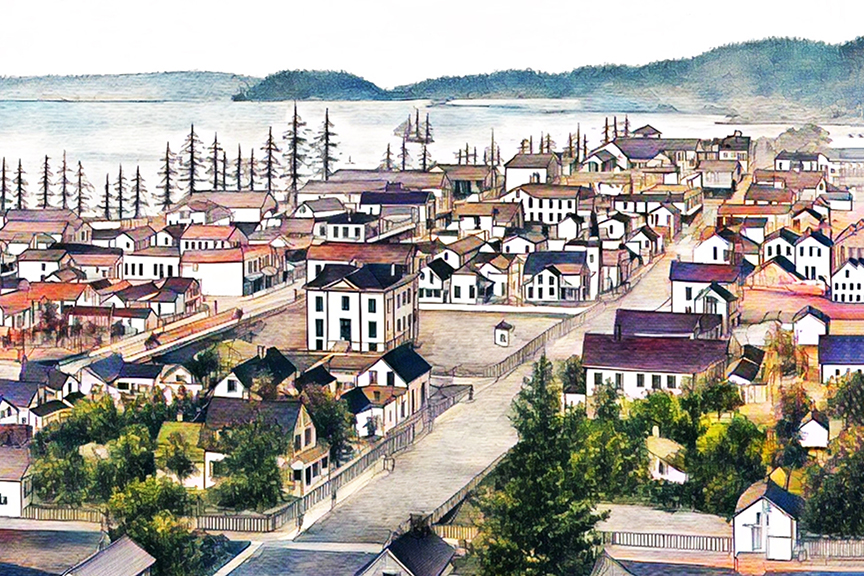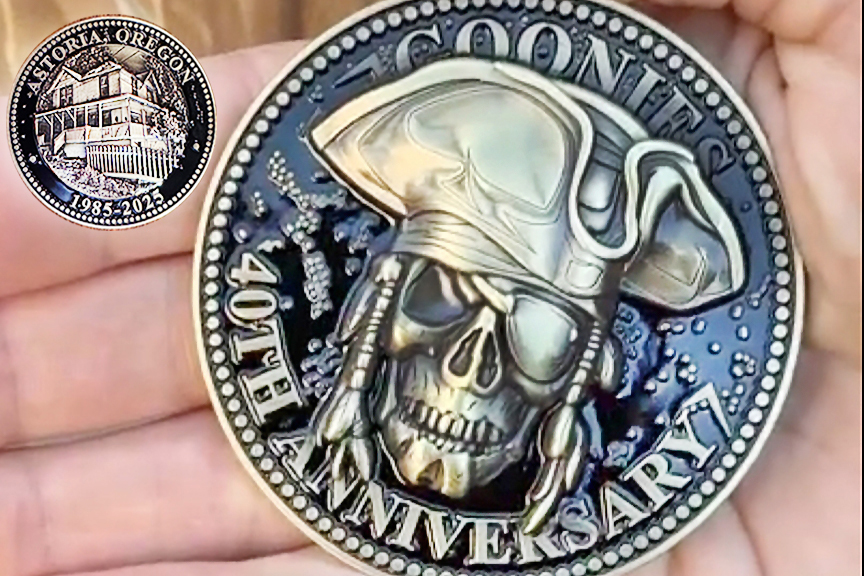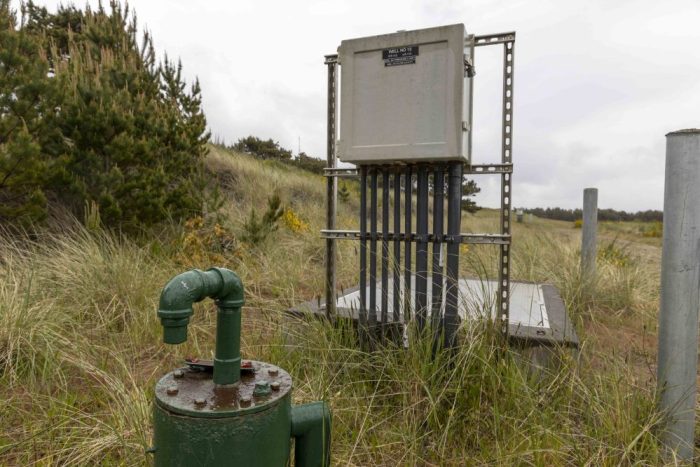In One Ear: Around town
Published 9:36 pm Thursday, March 27, 2025
From the March 26, 1881, edition of The Daily Astorian:
• Prof. J. P. Feaster’s writing school is well attended, he having 50 scholars at present.
Note: The professor was a penmanship expert. In that era, beautiful handwriting was an important social skill to acquire.
• Mr. John Fox is overhauling the Rescue Fire Engine company’s Silsby engine. A complete new set of tubes, numbering over 300, will be put in.
Note: One of the first producers of steam fire engines in the U.S., Silsby Manufacturing Co., based in Seneca Falls, New York, produced its first model in 1856, and the last in 1891. The company built more than 1,000 steam fire machines.
• Upper Astoria is rapidly increasing in size. Many new buildings are being erected …
Note: Uppertown was at one time separated from Lower Astoria by Scow Bay, and you had to row or sail to get there. Even so, John Badollet (and partners) built the first salmon cannery there in 1873, and businesses began moving in.
In 1878, a bridge was built connecting Upper and Lower Astoria. By 1888, there were 11 canneries, a saw mill, a box factory, hemlock tannery and the North Pacific Brewery (housed in what is now the Uppertown Firefighters Museum).
• Capt. Parker has made some progress in taking out the machinery of the wrecked Telfair, notwithstanding the bad weather.
Note: The Port Townsend, Washington, Weekly Argus reported that the iron steamer Gussie Telfair went ashore the night of Dec. 26, 1875, at Eagle Cliff, on the Washington side of the Columbia River, about 40 miles east of Astoria.
The Telfair was going full steam ahead in the fog, with a river pilot in charge, at the time. No one was injured, fortunately.
The vessel, built in 1862, was a southern blockade runner in the Civil War; it was caught by northern cruisers, confiscated, and sold at auction, eventually arriving on the West Coast in 1867.






